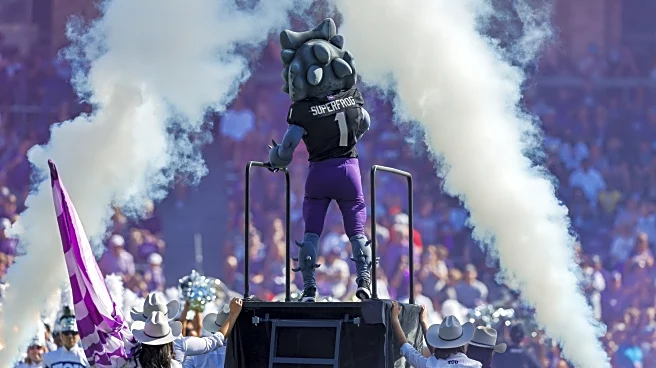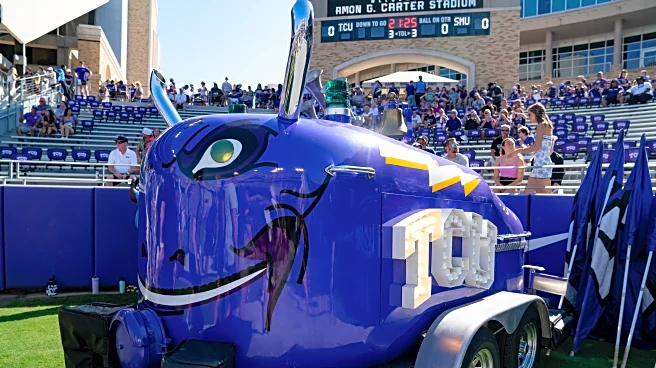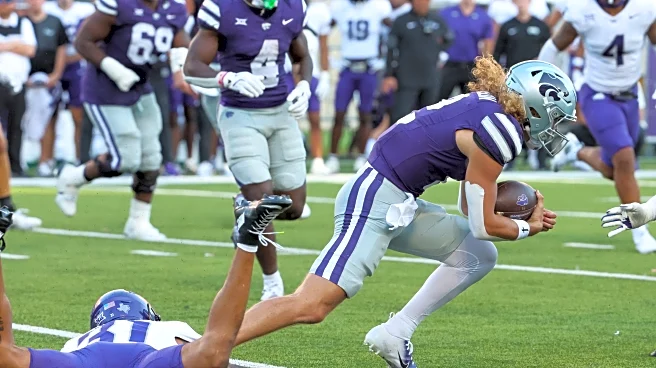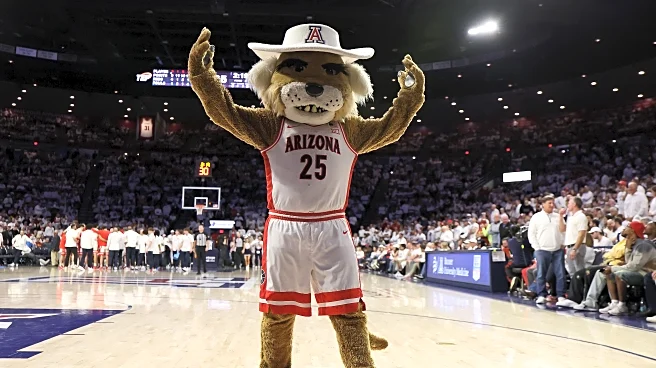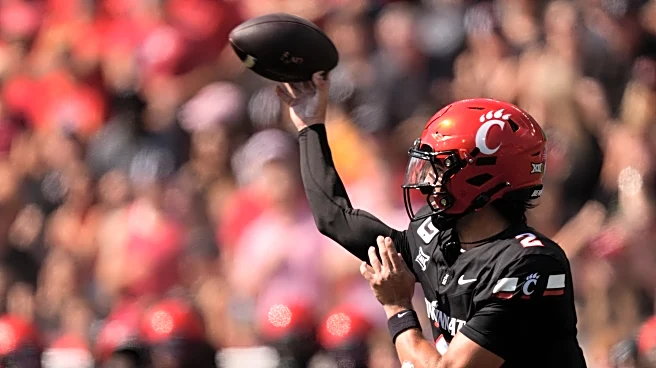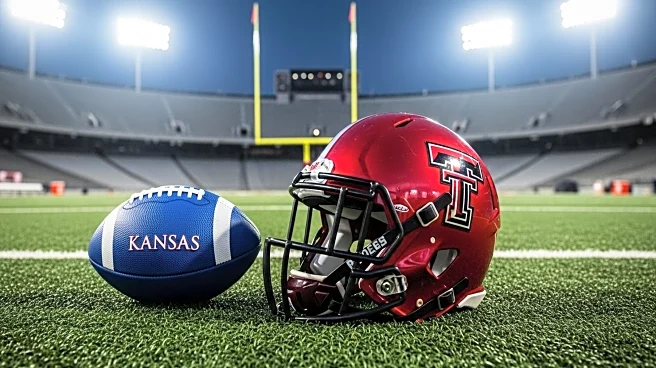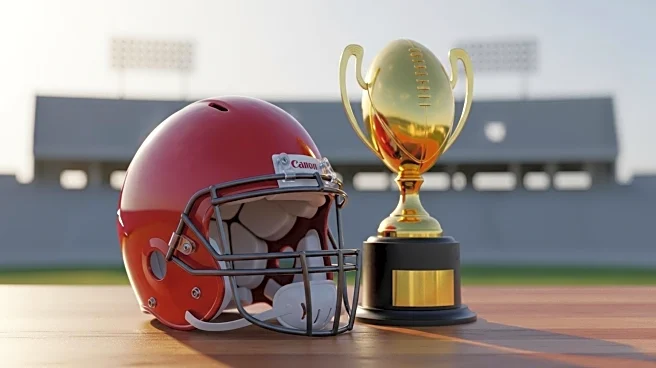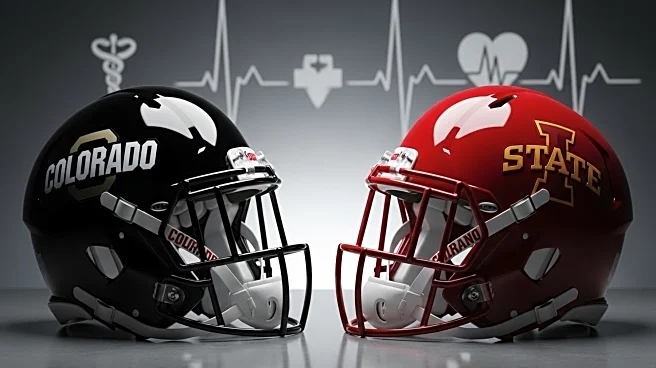How can the TCU defense get off the field more often? Will the Horned Frogs ever commit to running the football? At what point will coaching changes need to be considered? We received questions from our
Facebook followers and with Baylor on the horizon, we’ve chosen to answer a few for this week’s Frog Mailbag.
“Against ASU – Sonny said we should have run the ball more the 2nd half. Yet Saturday- while avg 7 yds a carry – we quit running the ball early in the 3rd. Why? And why does our staff not learn from past mistakes?” — Kevin Gregory
Kansas State entered this game near the bottom of the conference standings in rushing yards allowed per game. Given those struggles and given that TCU was playing on the road, in a building where they have struggled in the past, I didn’t understand why the Horned Frogs got away from the ground game so quickly. TCU’s first drive of the game was a 5-yard run, two incompletions and a punt. The first drive of the third quarter featured just two runs (one of which was for 11 yards), seven passes and back-to-back incompletions for a turnover on downs. Obviously, TCU couldn’t run the ball much in the fourth quarter, as the team was down 21 points, but there were certainly times early in the game and early in the second half where they should have fed Kevorian Barnes, who averaged almost 7 yards per carry and seemed to be on his way to another 100-yard rushing effort.
“Why does the defense play so lax on 3rd and long? Could have multiple turnovers a game if the defense tightened up on these plays. We saw it earlier this season and now it’s gone. As for the offense what is with this conservative play calling in the first half and then taking deep shots when the game is over? We know Hoover can get the ball down field and put it in a tight window. Why is he not slinging it more in the first half?” — Tanner Slifer
I think the struggles on third and fourth downs for the TCU defense are two-fold: The team isn’t getting home on pass rushes/blitzes and the secondary is losing guys in coverage on scramble drills. The Horned Frogs have just four sacks over their last two games after generating four sacks in the Arizona State game. When you’re unable to get home and bring down mobile quarterbacks like Kaidon Salter and Avery Johnson, they’ll use their legs to escape the pocket and either find the open player in the scramble or run for the first down.
As for the offense, I had no idea why the Horned Frogs failed to push the ball down the field until late in the game. Oddly, I didn’t understand the game plan of feeding the slot receivers while failing to get your No. 1 receiver, Eric McAlister, the ball early in the game. Joseph Manjack IV (until his ankle injury) and freshman Ed Small were the featured receivers, especially Small, who went for 101 yards on six catches despite multiple drops. Between the lack of commitment to the run game and the mediocre passing attack, offensive coordinator Kendal Briles underwhelmed in this one.
“If you could fix only 1, which would it be – coaching / mental prep OR playcalling style?” — Mitch Tasker
I have to go with coaching/mental preparation because I think one of the more glaring flaws with this team, and I don’t see it talked about much in the media or anywhere else, is the overwhelming number of penalties per game. TCU ranks near the bottom of college football in both penalties per game (7.4) and penalty yards per game (over 65). Many of these penalties, as we saw in the loss against Kansas State, are mental errors (Josh Hoover throwing a pass beyond the line of scrimmage) and pre-snap penalties (delay of game, false start). The playcalling has been suspect, but the playcalling also becomes much more predictable when your team is facing a second-and-20 or a third-and-15 rather than a second-and-5 or a third-and-3. The penalties this season have been inexcusable.
